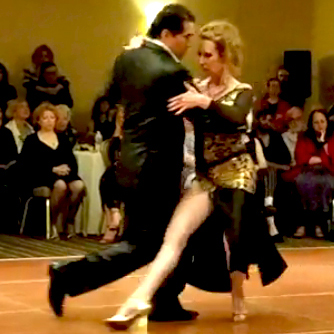Pre-Advanced Tango Classes
SUNDAYS 11am - 12:30pm
REGISTER HERE!
(SINGLE CLASS REGISTRATION - HERE)
Consider participating in extra CLASSES: Freedom Through Structure, Tango Lab & PRACTICAS - Che Tango!, Chiquita, Journey.
The pre-Advanced course introduces more advanced tango elements such as forward and back sacadas, forward and back boloes, ganchos and enganchos (wraps), colgadas, volcadas, cadenas, alterations, barridas, and more.
PLEASE NOTE: The pre-advanced level consists of 12 series that keep rotating. You can take the series in any order. It is important though that you take them all.












